Menu
-
-
Shop Holiday Items
-
Shop Gifts By Age
- Gifts For a 0-6 Month Old
- Gifts For A 6-12 Month Old
- Gifts For A One Year Old
- Gifts For A Two Year Old
- Gifts For A Three Year Old
- Gifts For A Four Year Old
- Gifts For A Five Year Old
- Gifts For A Six Year Old
- Gifts For A Seven Year Old
- Gifts For An Eight Year Old
- Gifts For A Nine Year Old
- Gifts For A Ten Year Old
-
Shop Gifts By Budget
- New Arrivals
-
Toys
- Large Active Toys
- Animal Toys
- Arts & Crafts
- Award-Winning Toys
- Bath Toys
- Birthday Wishlists
- Building Toys
- Cars, Trains, & Trucks
- Games
- Instruments
- Loose Parts Play
- Loot Bag Toys
- Made in Canada
- Outdoor Toys
- Pretend Play
- Puzzles
- Sensory And Fidget Toys
- Sensory Bin Tools & Fillers
- STEM Toys & Activities
- Toronto-Themed Gifts
- Travel Toys
- Wooden Toys
- Waiting Room Toys & Furniture
-
Montessori Materials
- Montessori At-Home Program
-
Montessori Furniture
-
Bundles & Sales
-
Books
-
Shop By Age
-
Shop By Brand
- Brands A-F
- Brands G-L
-
Brands M-R
- MagicPlaybook
- Magna Tiles
- Make Believe Ideas
- Makedo
- Manhattan Toys
- Math for Love
- Milaniwood
- MindWare
- Mojo Toys
- Moluk
- Moulin Roty
- Native Northwest
- nic
- Nienhuis
- Ooly
- Opinel
- Ostheimer
- Papoose
- Peaceable Kingdom
- Plan Toys
- Plus-Plus
- Preschool Collection Watches and Timers
- Ravensburger Puzzles
- Real Life Pages
- Brands S-Z
-
- 866-901-4696
- Gift Registry
- Login
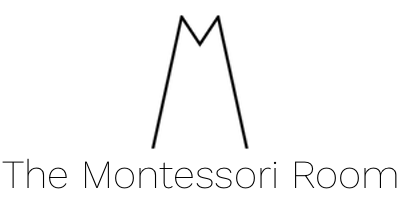

How To Create A Balanced Play Space for Optimal Development
3 min read
Most children become intensely interested in a particular toy or type of toy at some point - cars, stuffed animals, building blocks, etc.
This isn't a bad thing; in fact, it's totally normal.
Repetition is a big part of learning.
But it’s not ideal to only offer those types of toys, no matter how much your child loves them.
By keeping a balanced variety of toys, you’re creating an environment that will engage your child’s curiosity, build a variety of skills, and allow for both focused play and exploration.
To set up a balanced play space, consider the different developmental areas, or in simpler terms - parts of the body:
- The hands - fine motor skills
- The senses - sensory development
- The brain - cognitive development, i.e. problem-solving, memory, etc.
- Language skills
- The full body - gross motor skills
In the early years, it's recommended that you have at least one toy from each of these areas on your child’s toy shelf.
Toys for Each Area of Development
1. Hands/Fine Motor Skills
Keep in mind that any toy that requires the child to use their hands will develop their fine motor skills.
- In infancy, rattles and other manipulatives that they can hold, like a Skwish.
- In the toddler and preschool years, toys with movable parts that encourage repetition and invite the child to develop their pincer grasp, such as peg puzzles and Busy Books.
2. The Senses - eyes, ears, mouth, nose, taste
- In infancy, look for toys that develop the senses. Toys they can touch, hear, mouth, etc., like the Fun with Sounds Wooden Discovery Blocks.
- In the toddler and preschool years, toys that will continue to refine the senses, like art activities, instruments and toys made with natural materials.
3. The Brain/Cognition
Most toys will aid in a child’s cognitive development, especially if they are toys that meet the child’s current interests. Avoid toys that don’t have a lot of opportunity for exploration, like electronic toys.
- In infancy, toys with repetitive movements, like an object permanence box, stacking/nesting cups, etc. are ideal.
- In toddler years, introduce toys with developmentally appropriate challenges, like a shape sorter, matching or sorting activities, etc.
- In the preschool years, building toys, jigsaw puzzles, etc., are filled with learning opportunities.
4. Language Skills
For this category, you don’t need to go out and buy toys that are specifically designed for language development; children will add language to their play with most toys.
The key is to put out toys that will enrich their vocabulary and inspire them to use language.
- For all ages, include a small selection of books accessible to the child at all times. Make time to read with the child each day. Click here to see our collection of Children's Books.
- In infancy, there are no toys that will help children develop language skills better than simply talking to and exposing your child to language.
- In the toddler years, realistic figurines of animals, everyday objects, and people, along with matching cards, are wonderful tools for building vocabulary. The Learning Resources Jumbo Animals and Safari Toobs are both excellent choices.
- In the preschool years, pretend play toys like dolls, play kitchens, tea sets, dress-up clothes, etc., are excellent for language skills.
5. Full Body/Gross Motor Skills
Toys in this category don’t need to be boisterous; they simply need to encourage the child to move. The child will naturally move as they play, so you could also save most gross motor toys for outside.
- In Infancy, toys that roll like balls or cylinder rattles will encourage scooting and crawling.
- In toddler and preschool years, bean bags, indoor ride-on toys, Climbing Triangle, etc. are excellent toys for exploring gross motor skills.
When To Rotate Toys
Once your child loses interest in a toy, replace it with a toy that will build on previously developed skills.
For example: Swap the Object Permanence Box with the Box with Sliding Lid.
Or, after exploring animal figurines, add the matching cards.
The key is to observe your child and follow their interests while offering opportunities to try new things.
It’s not about having the “perfect” shelf - it’s about providing a space where your child feels excited to learn and grow.
Keep it simple, rotate toys as needed, and trust that your thoughtful setup is already setting a strong foundation for their development.
Join Our Montessori Community
Sign up to get weekly activities, free printables, Montessori parenting guidance, and so much more.
Plus, get $10 off your first order of $100+.
Like this article? Get new articles, weekly activities, free printables, Montessori parenting guidance, and so much more.
One mom recently shared:
"Your newsletter is always SO great. It is one of the few I open and read weekly. You provide so much value. Thank you!"
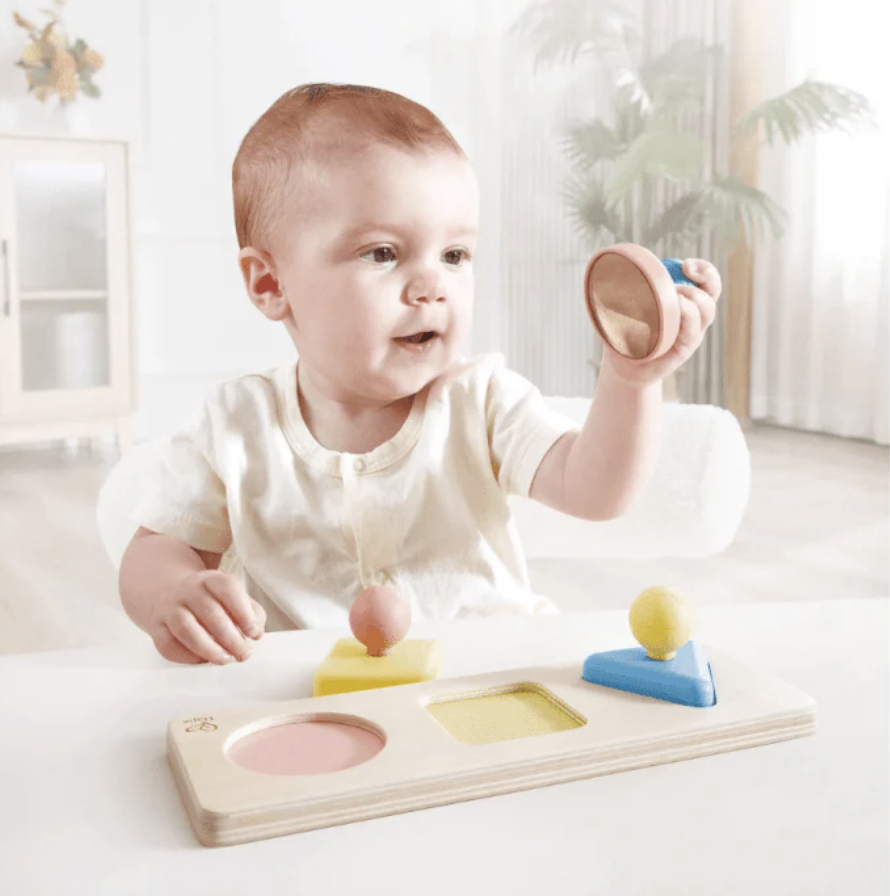
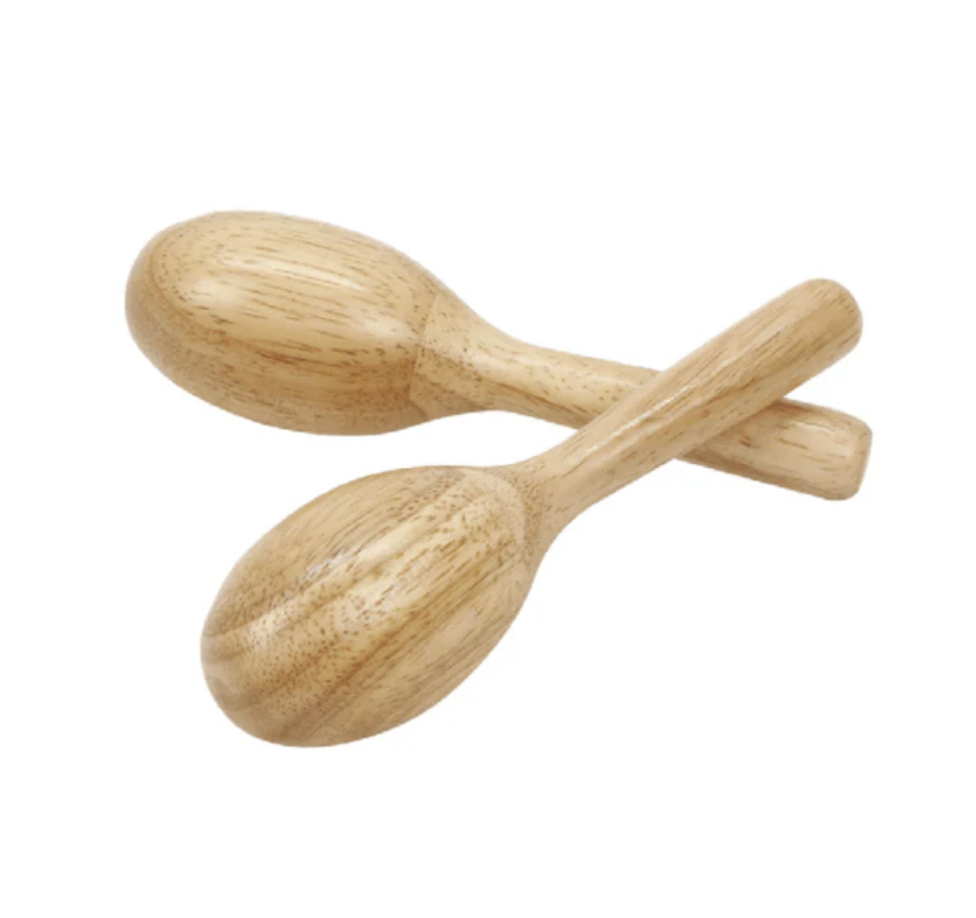
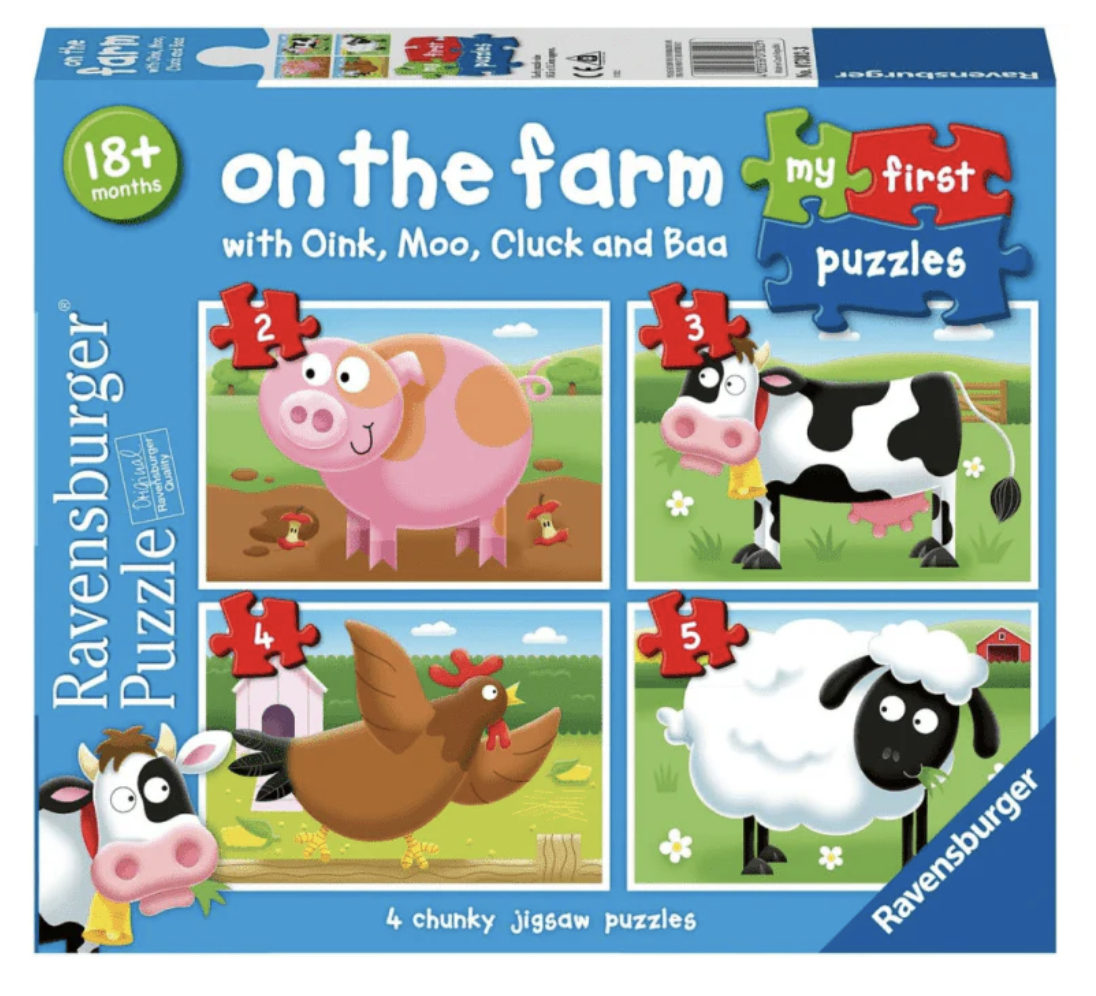
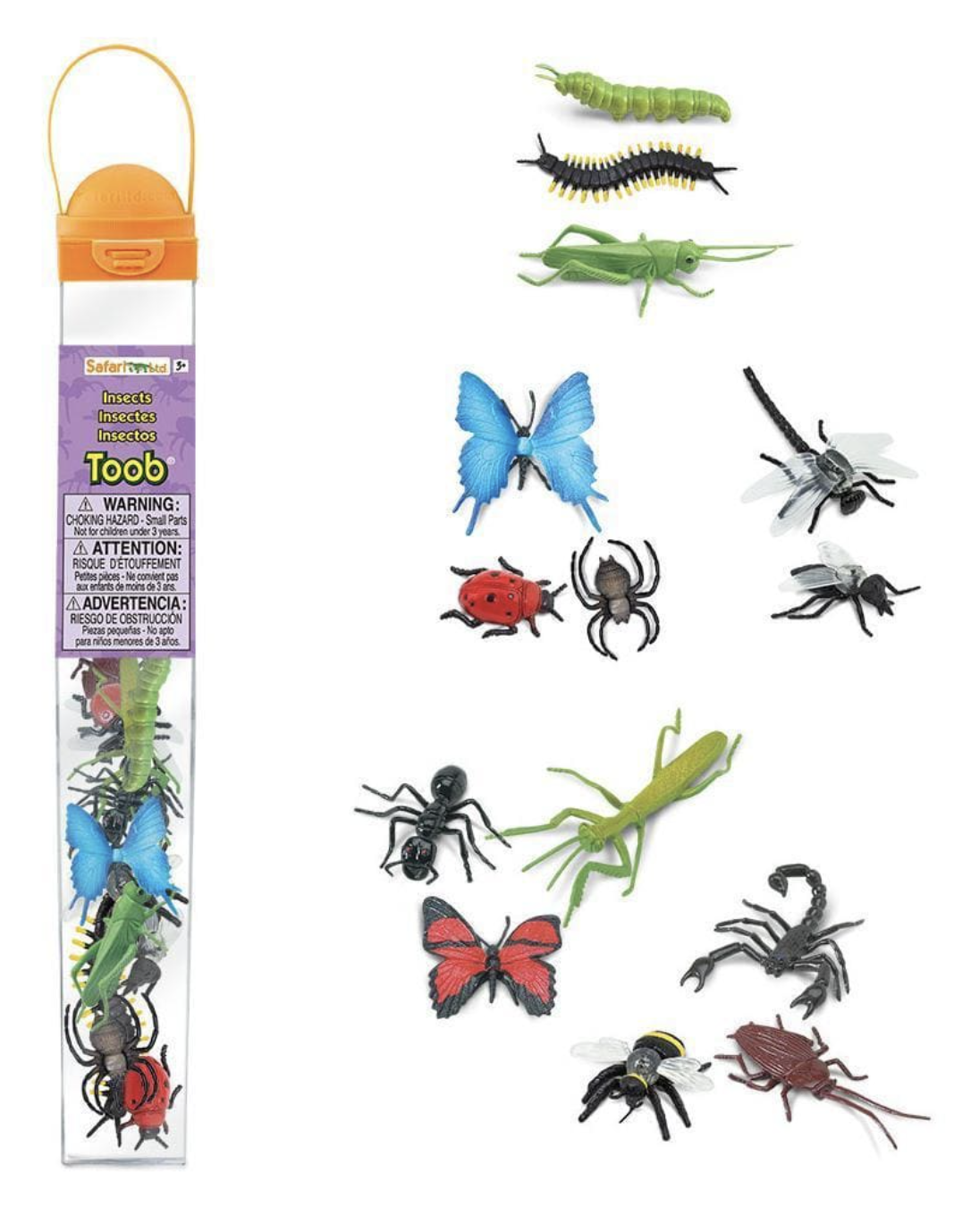
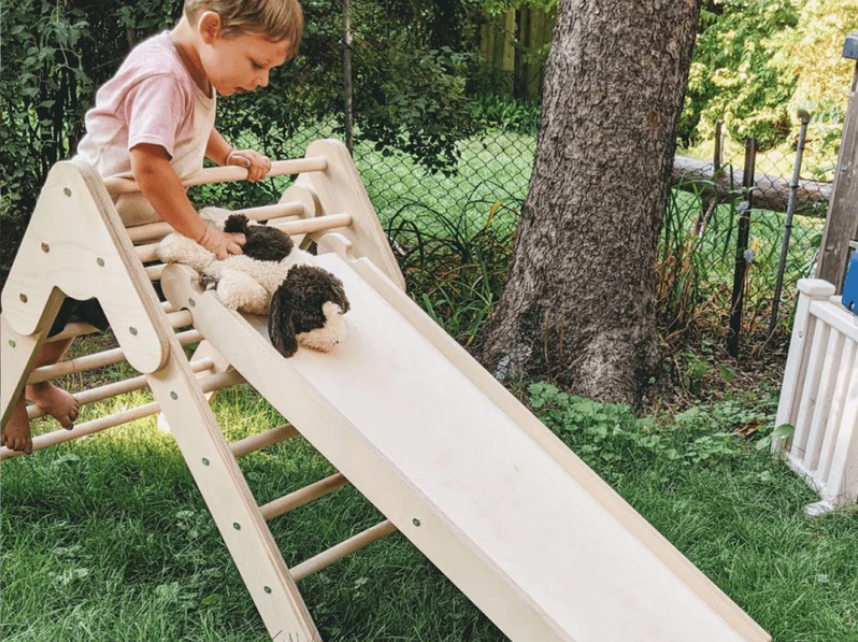

![[FREE PRINTABLE] New Winter Play Dough Mats](http://themontessoriroom.com/cdn/shop/articles/Katie_-_Blog_Post_Header_Images_1277_x_957_px_6_1600x.png?v=1765901378)
